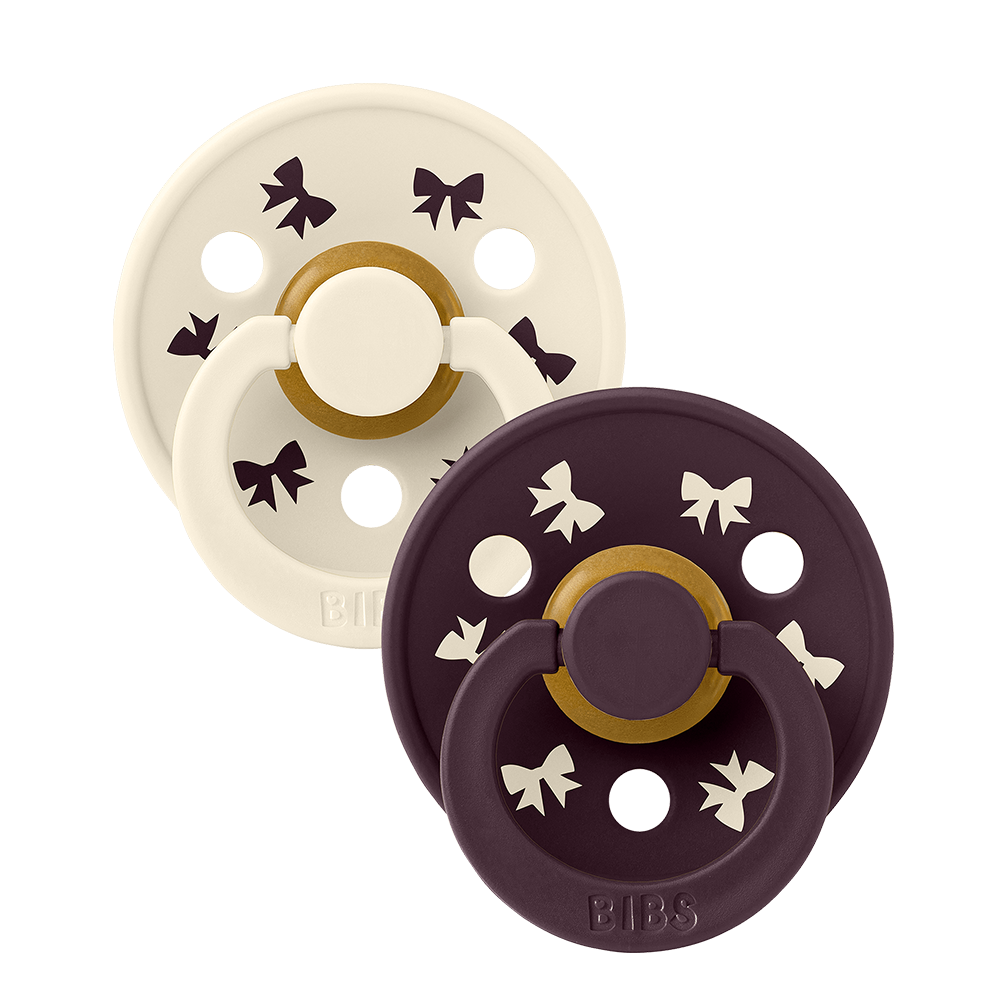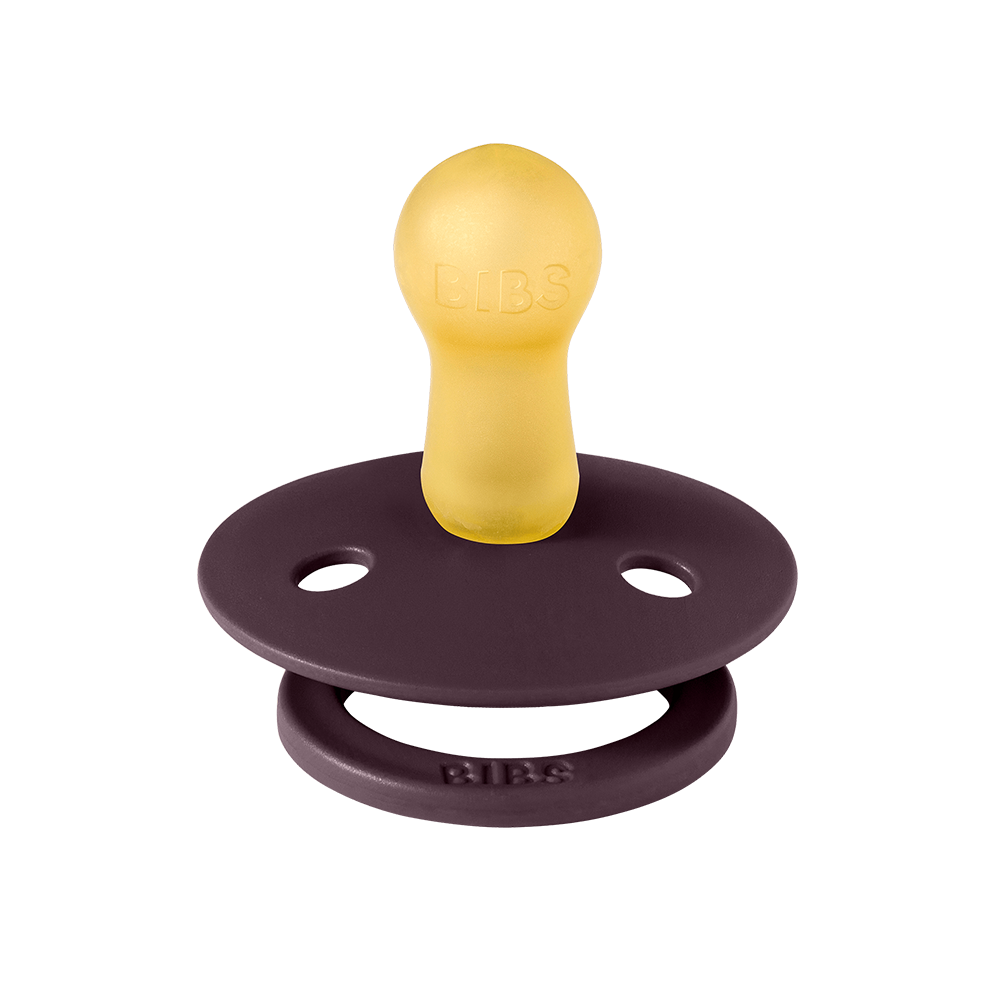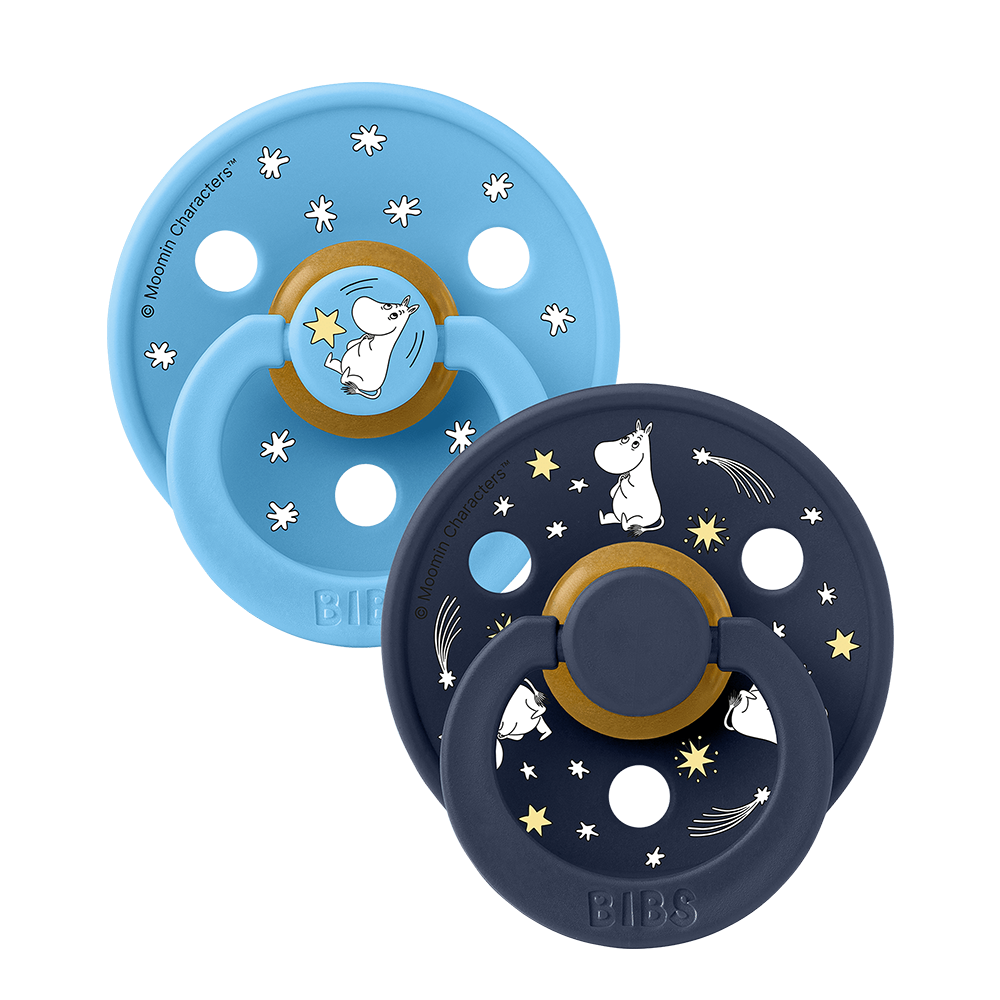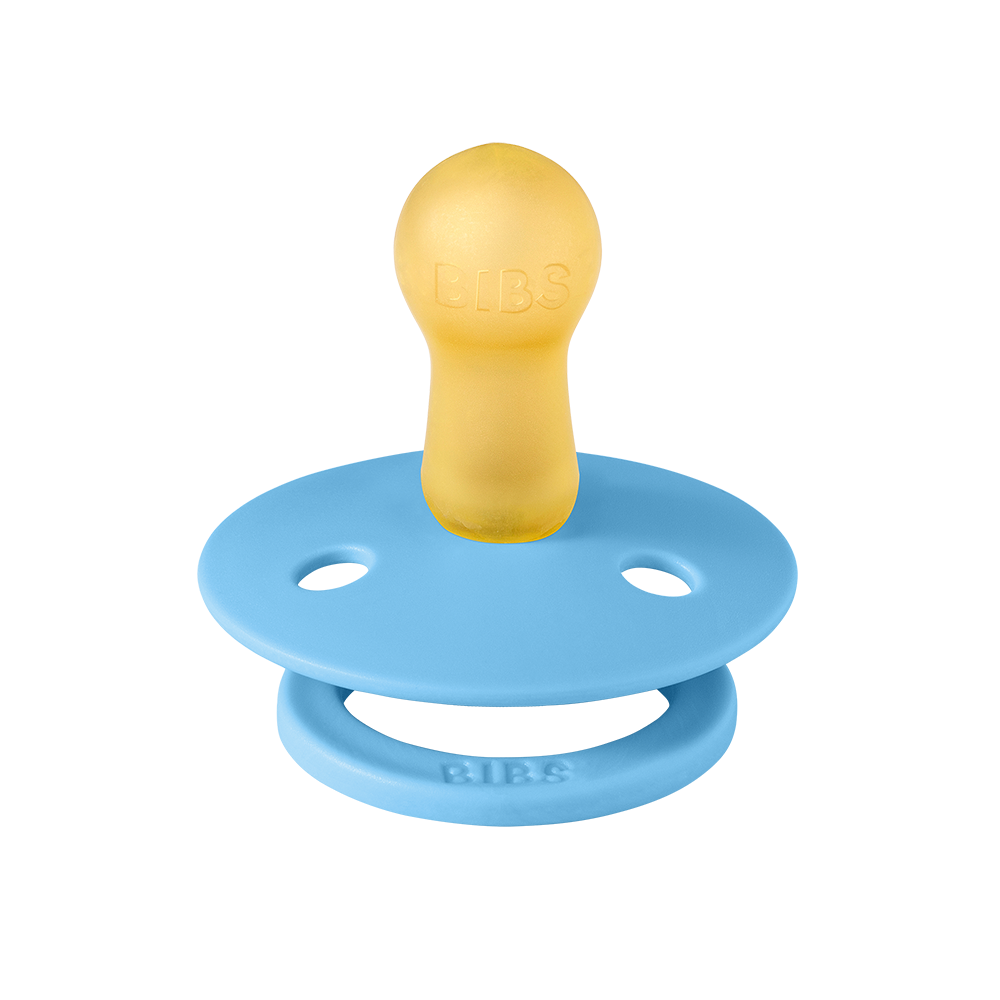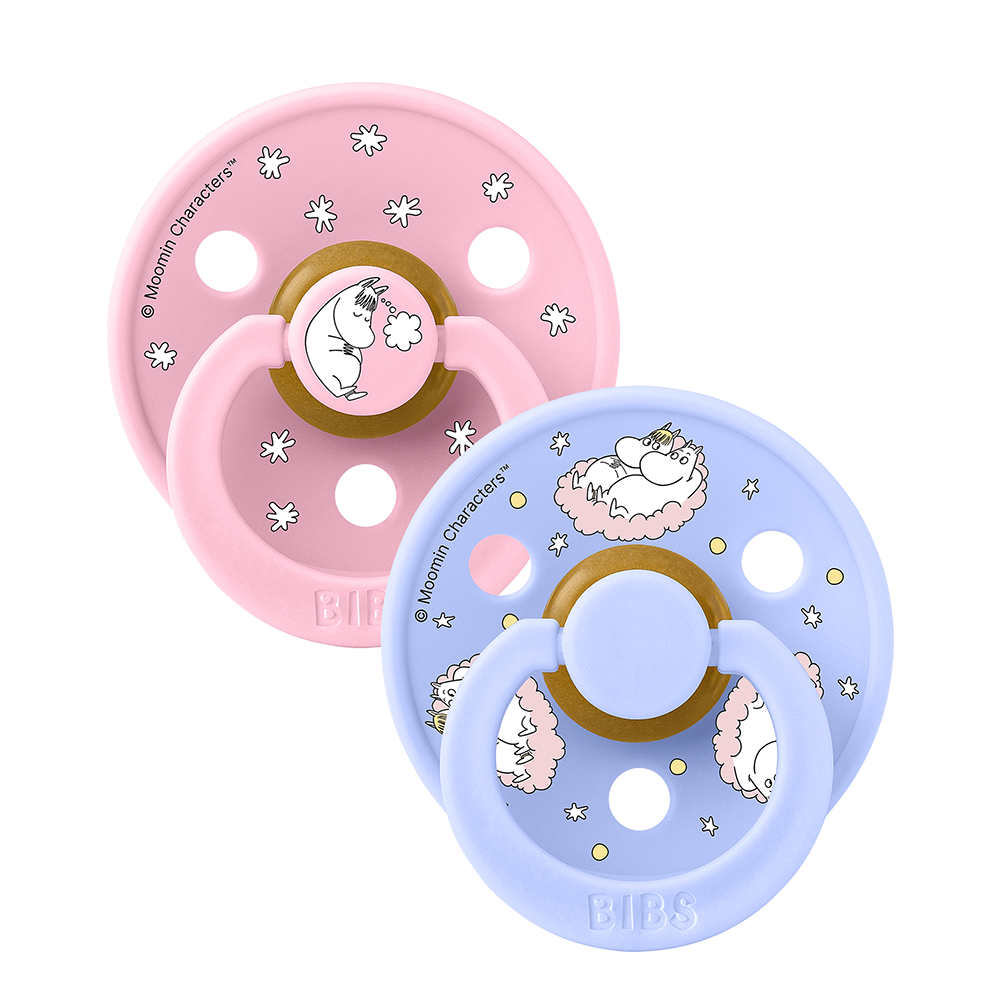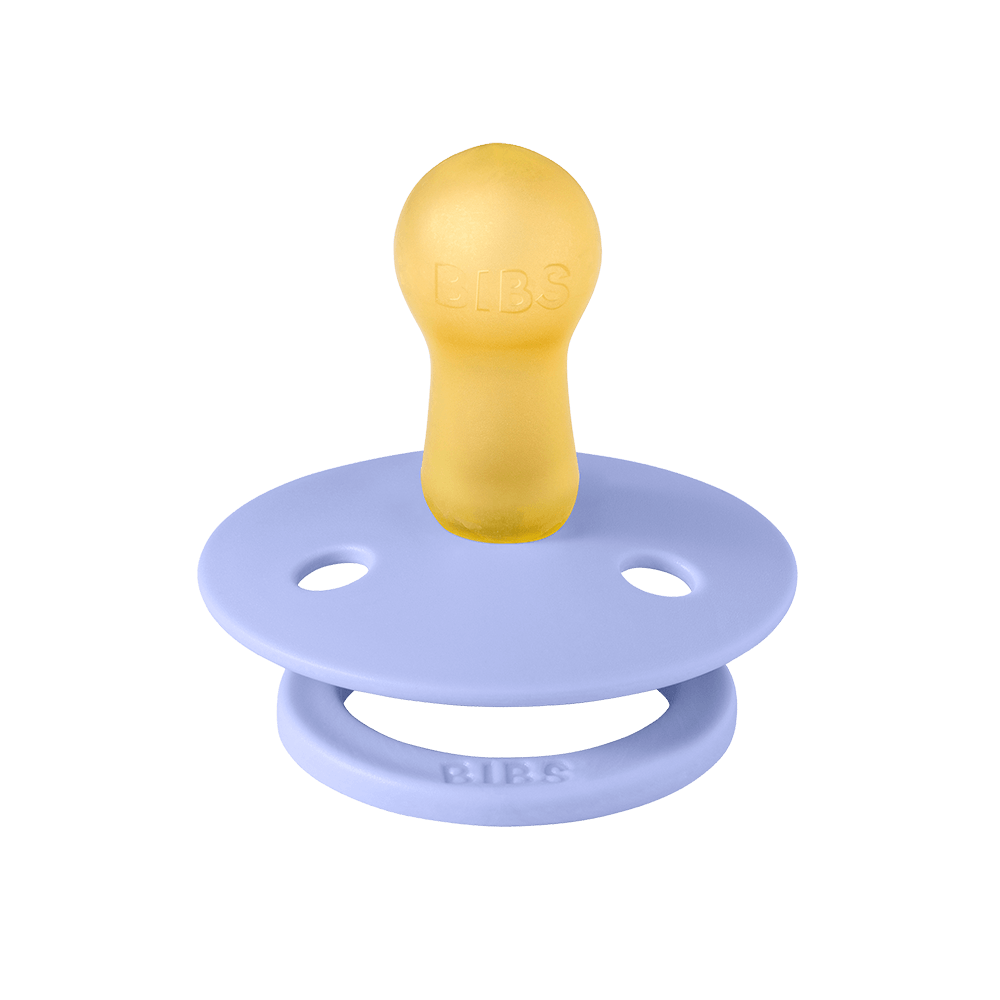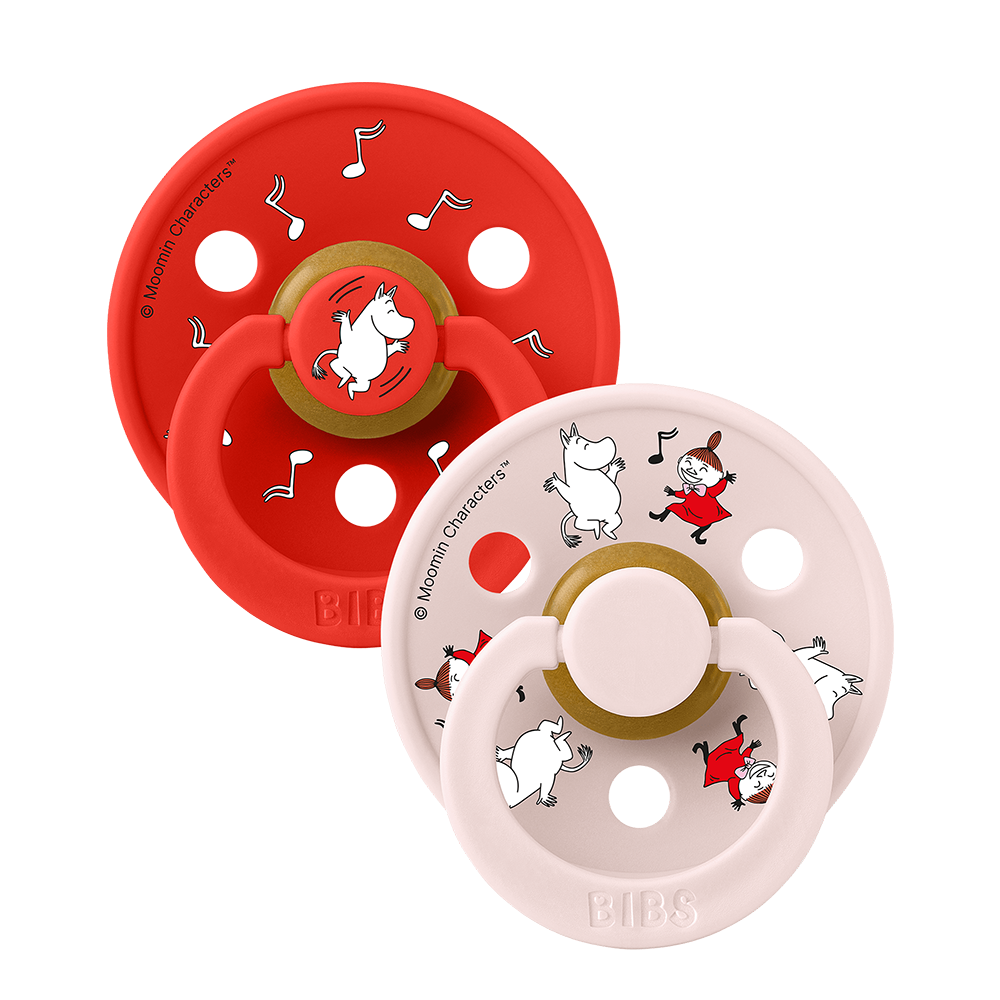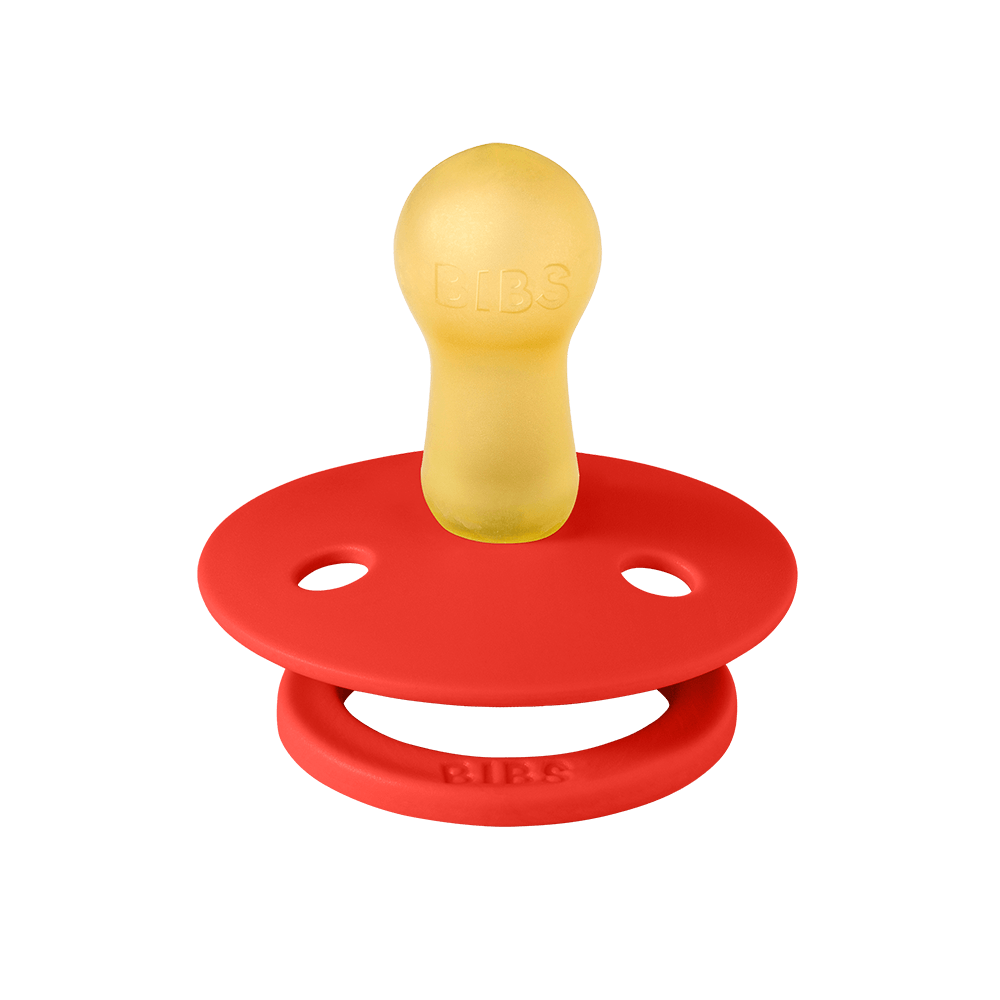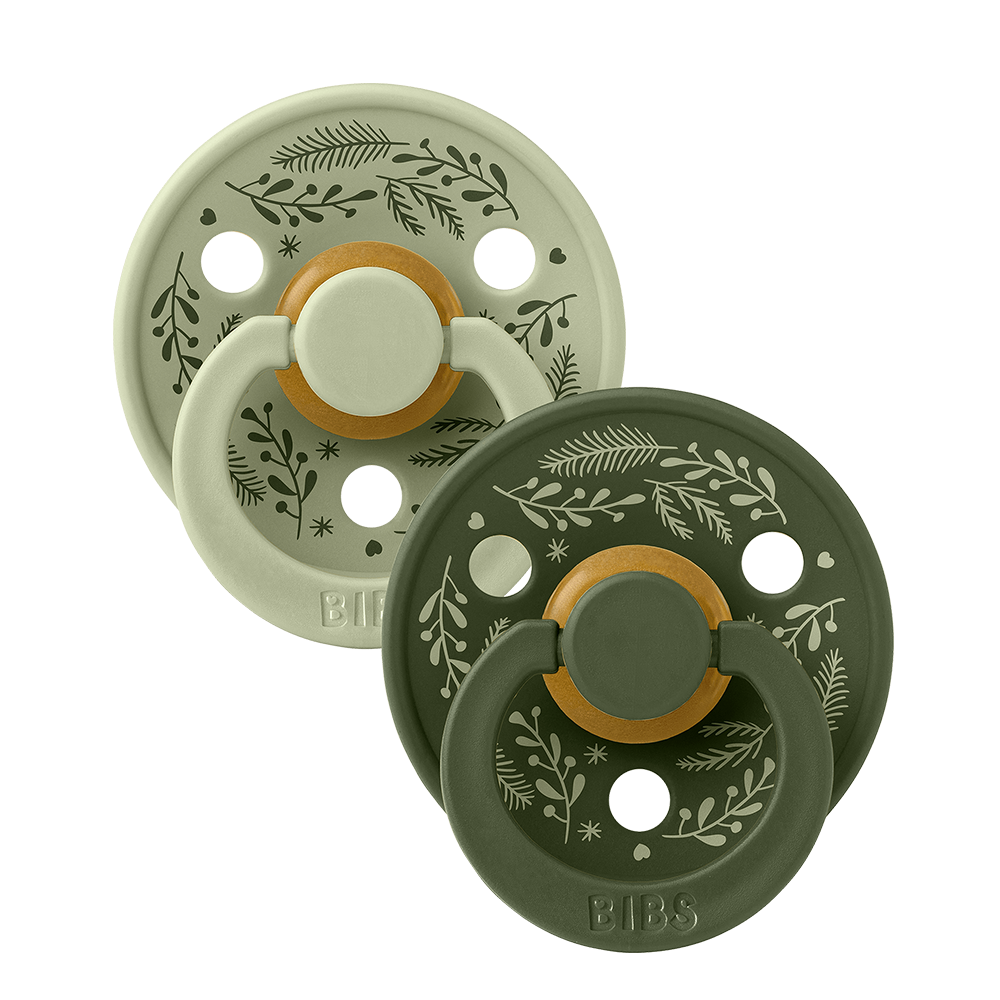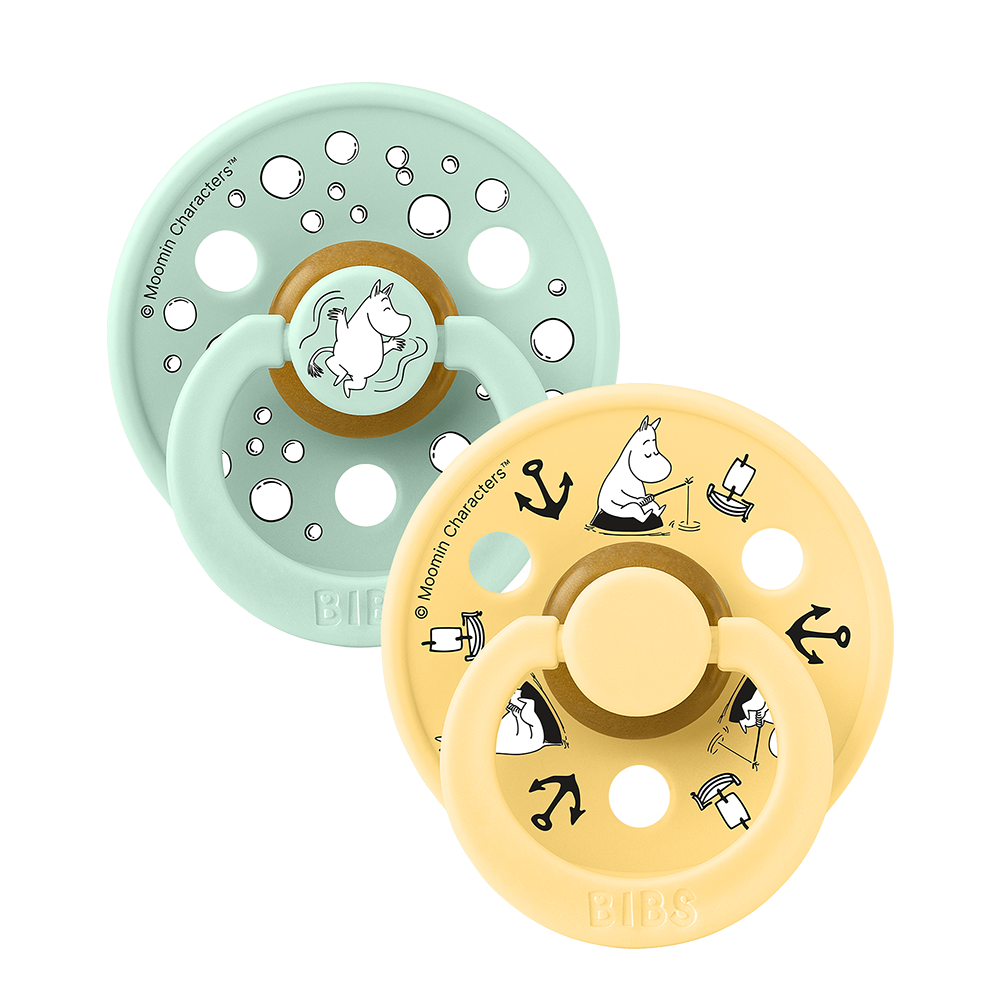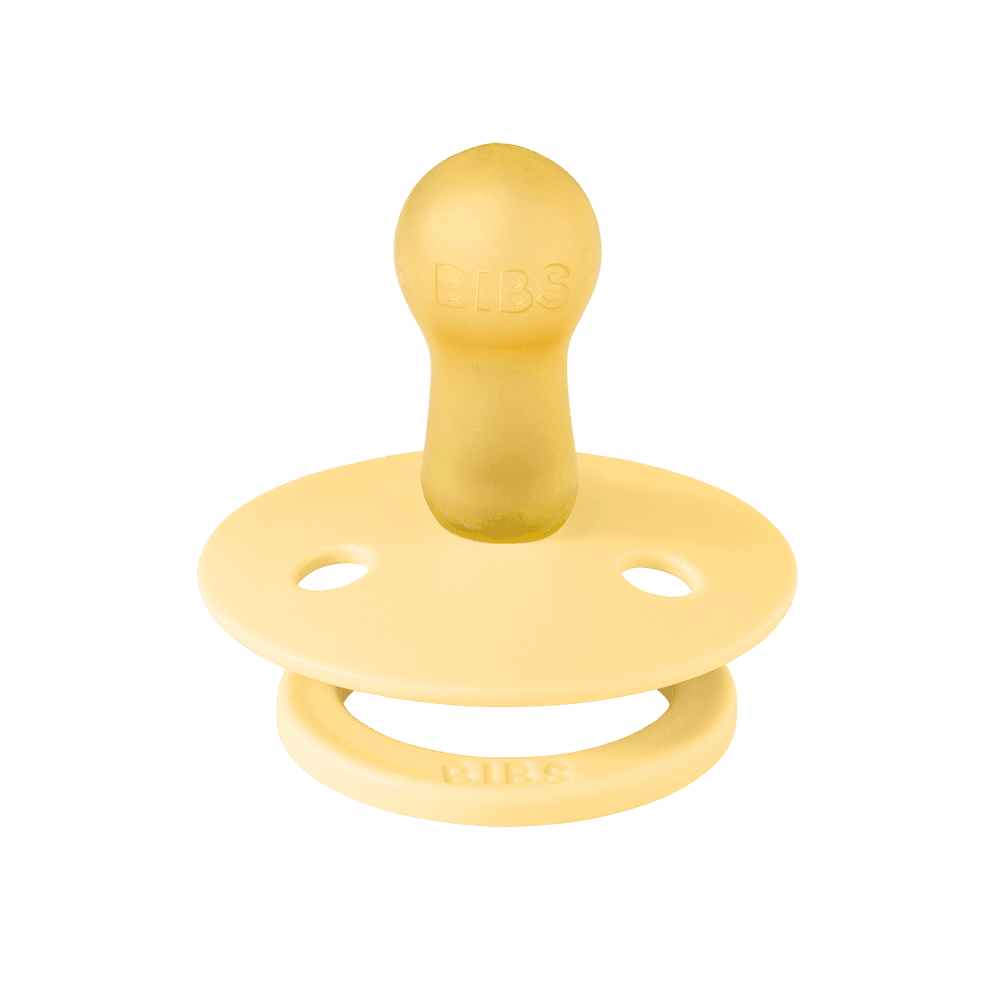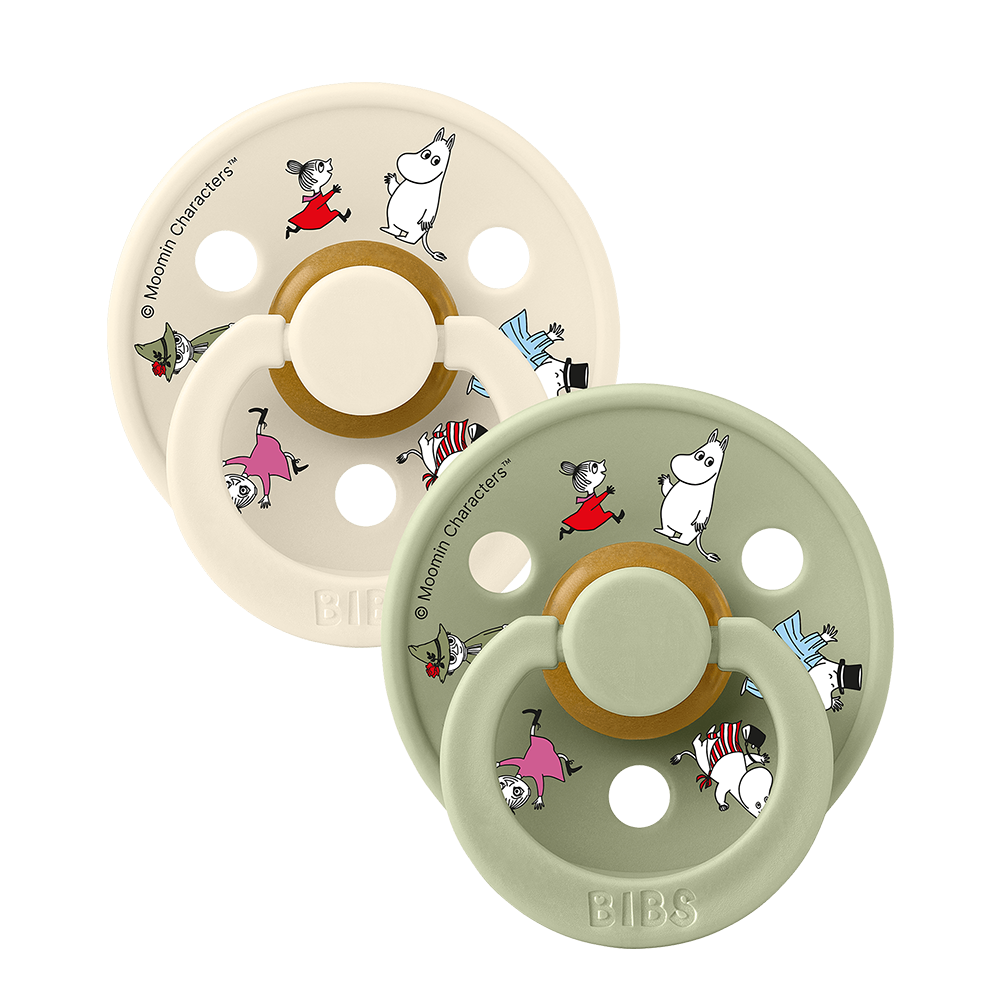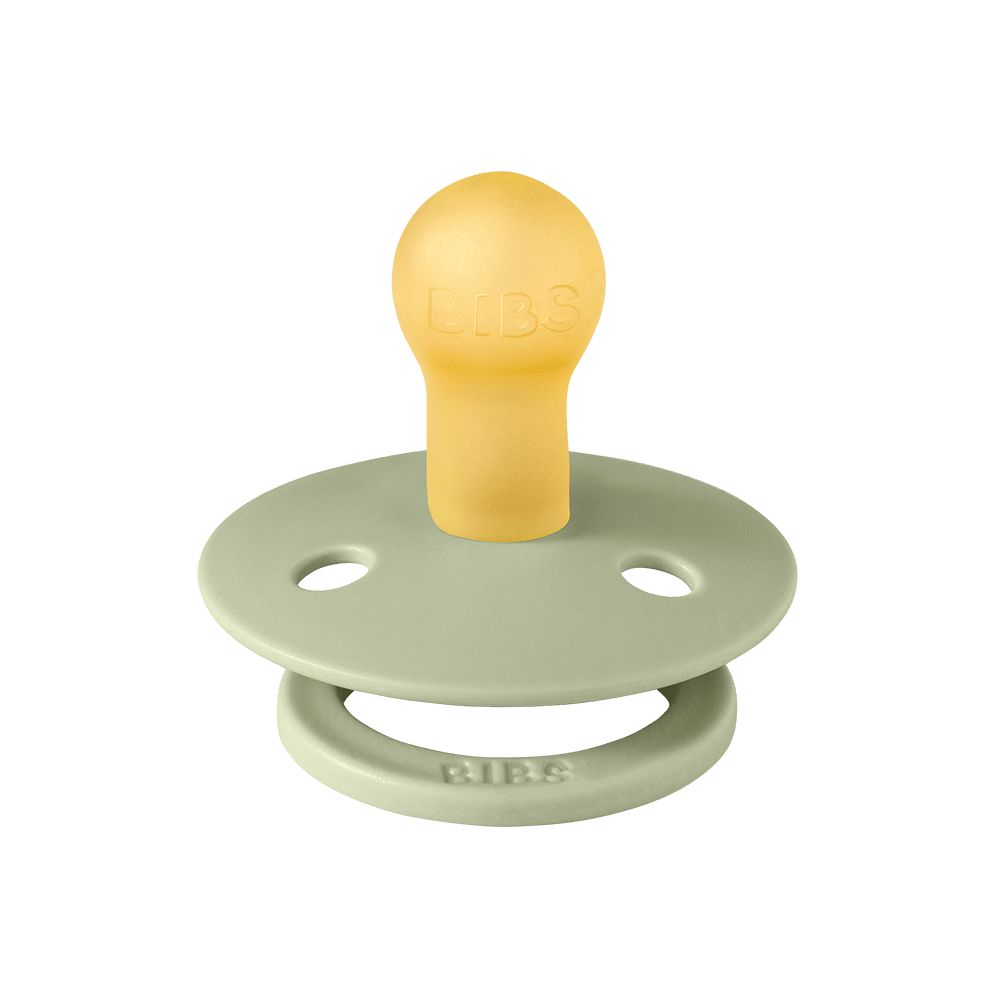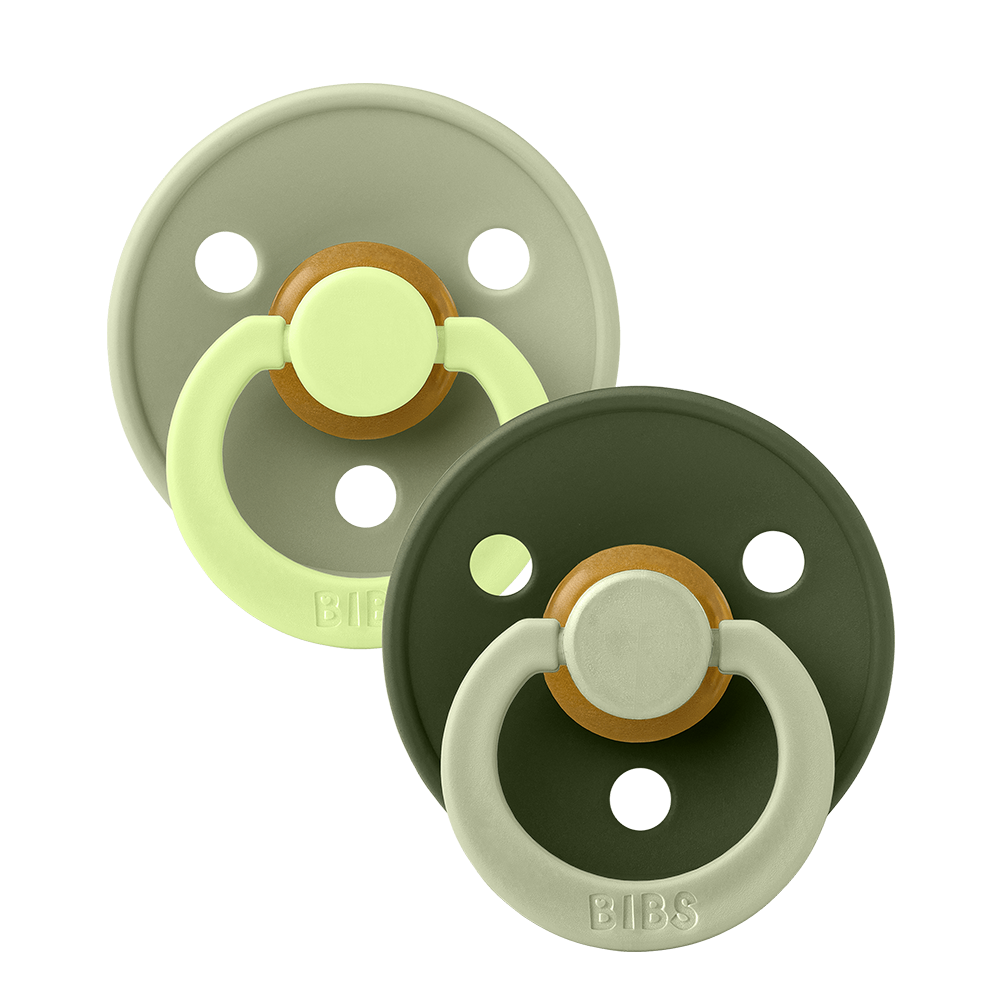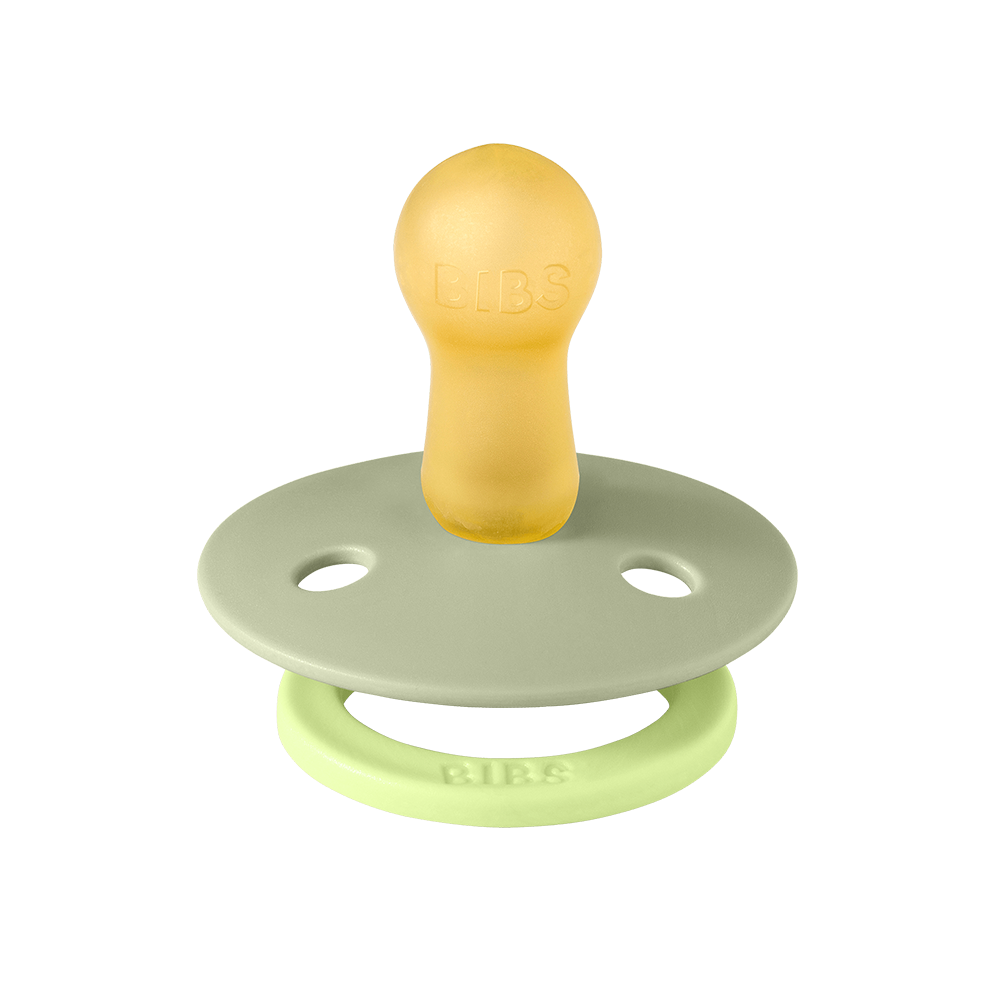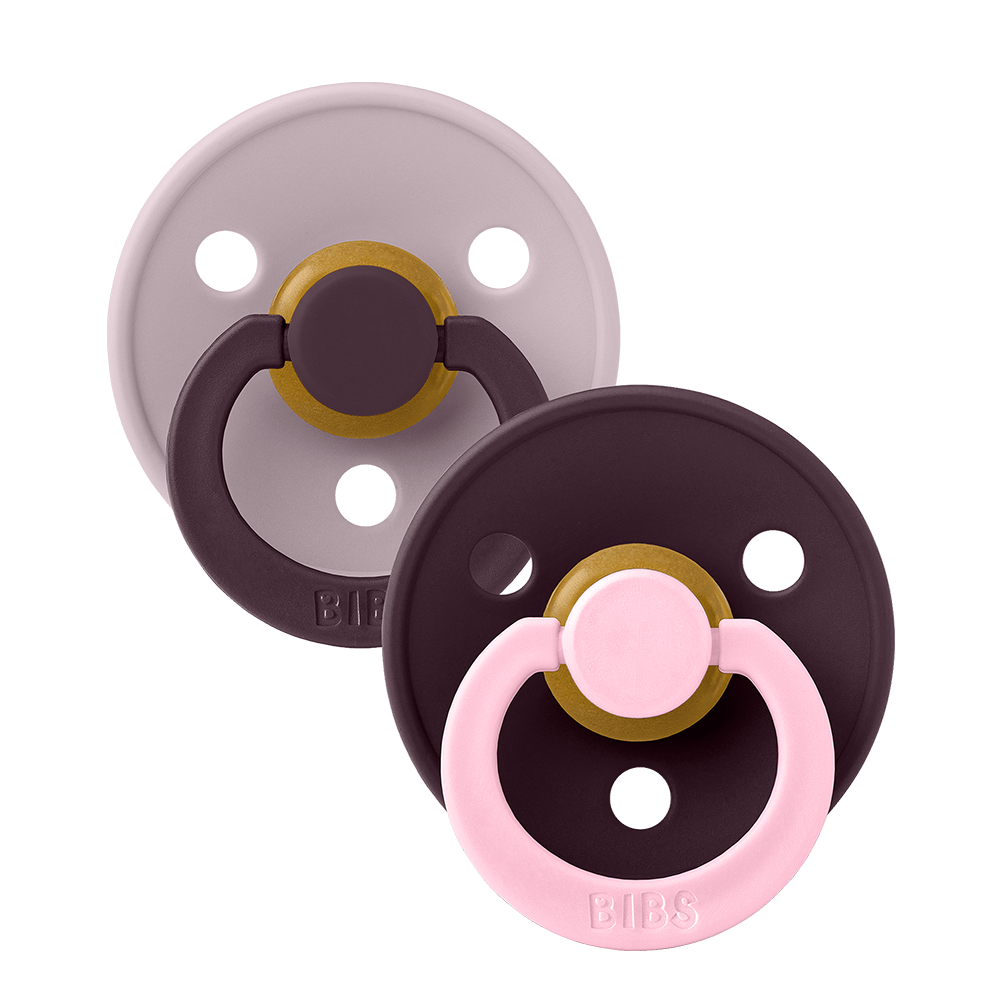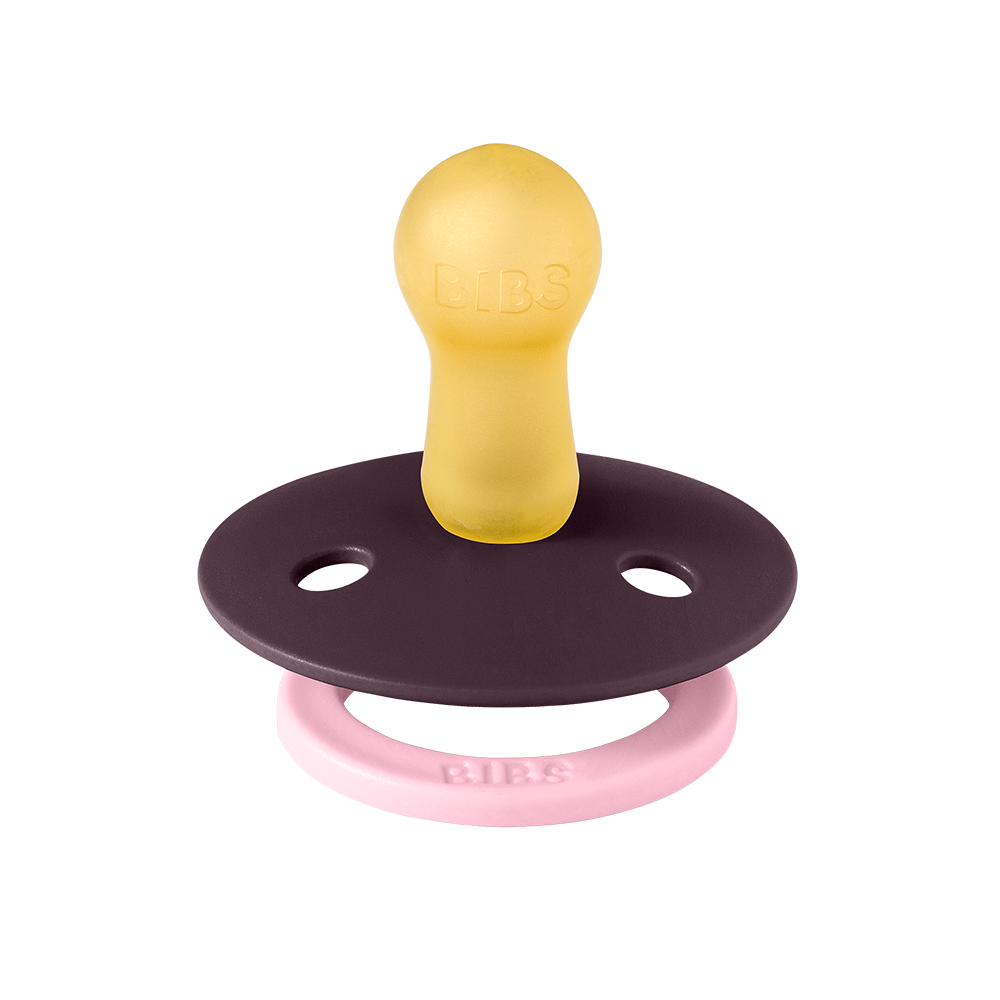How Can I Make Daily Transitions (Nap Time, Bedtime, Mealtime) Easier?

The Power of Gentle Structure
Babies and toddlers thrive on rhythm and predictability. But let’s face it - shifting from playtime to mealtime or convincing a tired little one to nap isn’t always easy. The key is building gentle, consistent routines that help your child adjust without stress or struggle.
Why Transitions Can Be Tough for Young Children
Moments like nap time, bedtime, and meals require your child to stop one activity and move to another - and for babies or toddlers still learning emotional regulation, that’s a big deal. Sudden changes can feel disorienting. A little structure, familiar cues, and connection go a long way toward smoother days.
Practical Tips for Easier Daily Transitions
- Use consistent signals: Try a short song, phrase like “Time to rest,” or dimming the lights. Predictable cues help your baby know what’s coming next.
- Give gentle countdowns: Toddlers respond well to short warnings, like “In 5 minutes, we’ll clean up.” It builds awareness and cooperation.
- Keep routines short and steady: Aim for 3–5 simple steps, such as bath, pajamas, story, and cuddles. Familiar patterns reduce resistance.
- Offer comfort items: Pacifiers, cuddle cloths, or favorite blankets create calm and familiarity. Discover our Sleep & Cuddle Collection
- Stay patient and empathetic: If your child resists, acknowledge their feelings. “It’s hard to stop playing, but now it’s time to rest. Let’s do it together.”
Helpful Tools for Everyday Transitions
The right gear can make your daily flow smoother and more relaxing for both you and your baby. Parents love these favorites from BIBS:
- Pacifiers - Soothe and comfort during wind-down moments
- Baby bottles - Create calm, consistent feeding routines
- Gift sets - Beautifully bundled essentials for smoother daily rhythms
Sample Routines for Common Transitions
| Transition Time | Simple Routine |
|---|---|
| Nap Time | Change diaper, cuddle, pacifier, soft music, crib |
| Mealtime | Wash hands, put on bib, seat baby, start with favorite food |
| Bedtime | Bath, lotion, pajamas, book, cuddle with soft cloth |
FAQs
My baby resists naps even with a set routine. Any tips?
Check timing - your baby might be under- or overtired. Simplify the pre-nap steps and keep the environment calm and dim. Sometimes less is more.
What if my toddler resists every transition?
Offer choices within structure. For example, “Do you want to walk or be carried to your high chair?” Giving small choices creates cooperation while maintaining boundaries.
Making Transitions Feel Calm and Connected
With consistency, patience, and a touch of creativity, daily transitions can become comforting rituals your child looks forward to. The goal isn’t perfection - it’s creating predictability and peace that help your baby or toddler feel secure and understood.
Disclaimer: At BIBS, we aim to support parents with helpful, research-based information. However, every child is unique. The content in this blog post is for general guidance only and should not replace personalized advice from a healthcare professional or pediatric specialist. Please always follow official safety guidelines and consult a professional if you have concerns about your baby’s wellbeing.
